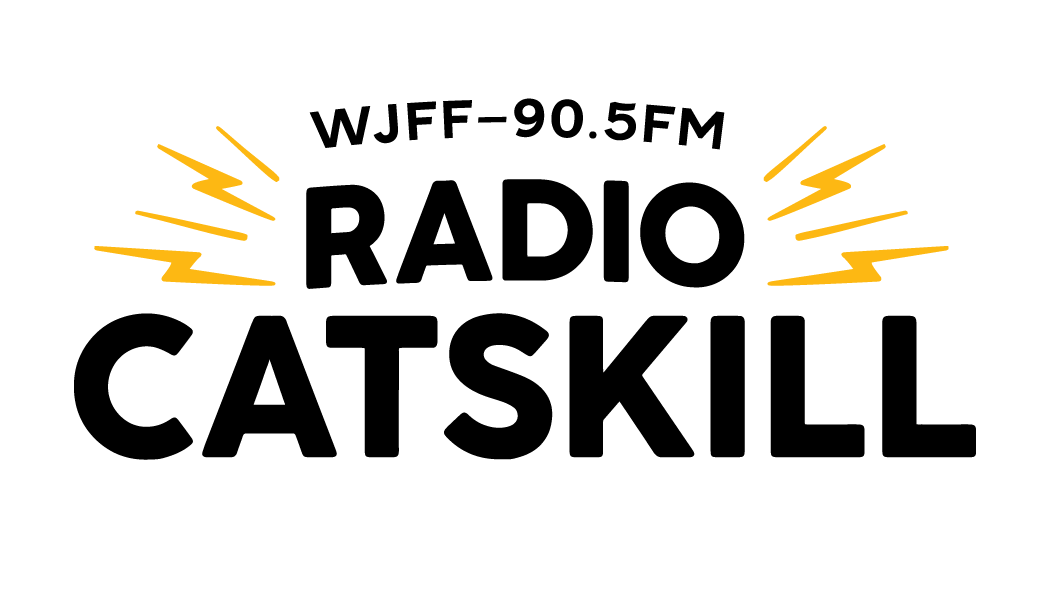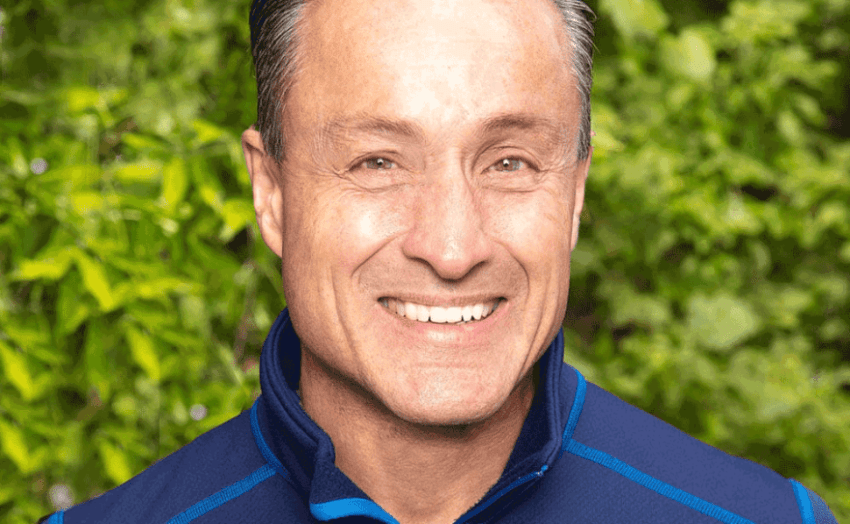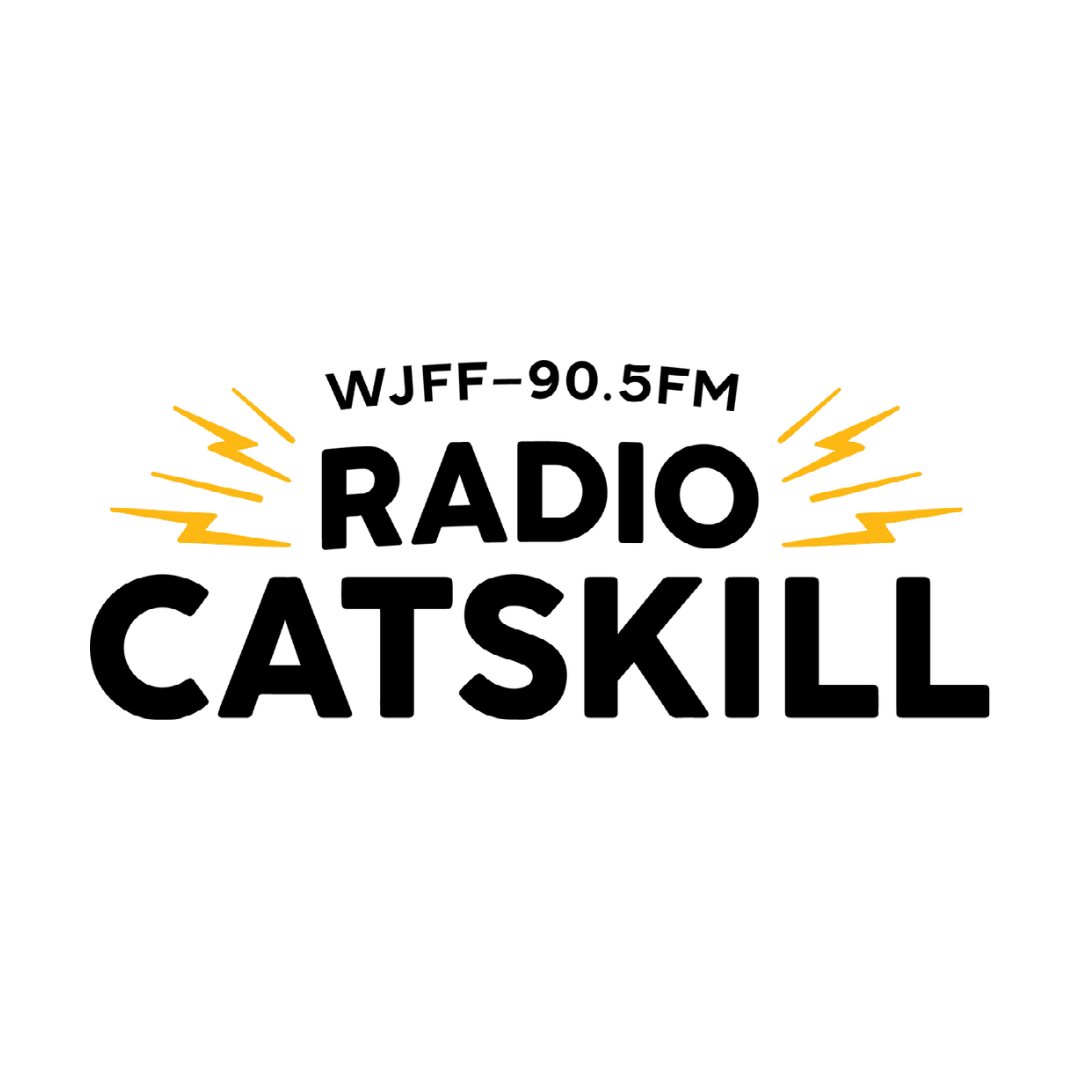New York Governor Kathy Hochul signed a $254 billion state budget last week.
As reaction from advocacy organizations pours in, from the New York Public News Network, WAMC’s Lucas Willard spoke with Pete Lopez, Executive Director of Policy, Advocacy and Science at Scenic Hudson, about some of the environmental policy that was included — and omitted — from the final budget deal.
We’re thankful for the governor’s attention for, the attention of the legislature to protecting and stewarding our natural resources and ensuring that we have clean air, clean water. We’re moving in a direction of sustainability. And again, we have confidence that this is a conscious effort, not just from the environmental leadership in the legislature, but from the legislature as a whole to protect and steward those important elements that we feel our need to protect public health and safety and quality of life from an environmental public health standpoint,
One of the major environmental items in the budget is the continued support for the Clean Water Infrastructure Act. That’s $500 million, that’s a maintaining of funding. What can you tell me about the importance of this program and this investment that we’re seeing, a total of $500 million for the fiscal year 2026 budget?
So, I can wear a cuts and hat, but I can also wear my former local official and former Assembly and EPA hat. So ultimately, to meet clean water standards for surface water, for drinking water for discharge requires investment, and so local officials who are involved with water and sewer point discharge, combined sewer overflows, drinking water systems, do their best, and they work under the guidance of DEC, Department of Environmental Conservation, and Department of Health to meet these standards, but ultimately, support is needed. State, federal funds are needed to try to make these systems meet these requirements and build new capacity where there are known threats to public health and safety. So, these investments are critical. And I’m sure many colleagues would say that that the need far outstrips the available resources, particularly as we again, when we try to bring communities up to standards. Last piece I’ll add is the science is constantly evolving. So, as we talk about forever chemicals. Now, we have the consideration of PFAs, PFOA in the conversation too. And how do we protect drinking water sources and what additional mitigation is required there to be protective? So, it’s an evolving landscape, a lot of unmet need and a critical role for state and federal partners to help to augment and support local efforts.
Speaking of your own experience, I mean, Pete, you have experience working in state government, working in the nonprofit sector, working as a former EPA Regional Administrator, and looking at the funding landscape for projects that are important to Scenic Hudson in New York State, amid a changing regulatory environment at the federal level, are there any programs in New York that you find particularly important right now, as there is changing or proposed changes to environmental regulations, what’s being discussed by the current administration?
I would say that we’ve had a fair amount of conversation in and around the area of land conservation, including farmland conservation. So, Scenic Hudson, again, with its land conservation team, does work to leverage private funds and working with private landowners with federal sources of funding, and that that has been an area of question as to, you know, the availability of funds, and the ultimate amount of funds that could be made available for such conservation. So, there is concern around that. We are monitoring that and assessing how that fits within our teams and the land conservation model that Scenic Hudson uses. Beyond that, we certainly do pay attention, are concerned about federal funding for clean water infrastructure. We are very much focused on funding for remediation, and I’ll just say we’re focused on staffing. Because part of it is not just dollar allocation, it’s also staffing available to help support and advance outcomes. So, as we look at key agencies, EPA, for example, USDA and others, we are concerned about, what does that mean in terms of program availability, program support, flow of funding, timeliness of funding. So, those are some issues that we’re monitoring and continuing to assess. Much of it’s playing out in real time, in front of us, as you know.
There is, in the budget, an exemption for nonprofit organizations like Scenic Hudson, from the so-called “mansion tax.” What can you tell me about that tax and now this exemption that was included in the state budget?
Yeah, so with the mansion tax and that had come to us and other partners, kind of working its way up from Long Island, but the premise being that, where conservation efforts are being contemplated, that that as there’s an effort to acquire property, irrespective of whether there may be a structure on it, the observation was having the structure on it was adding an additional cost and making it harder to stretch limited dollars for conservation purposes. So, that was really the gist of the request for the exemption, is to allow not have a conservation organization have to pay a tax on a structure that it may have required as part of preserving land and forests and farms. So, that was really a practical consideration of trying to help stretch the conservation dollars further.
Now there’s also $425 million, which is a record, for the Environmental Protection Fund and a lot of the programs in the EPF grants, they’re flexible. There’s a lot of different ways that recipients can use this funding. Why is it valuable to have that…one, have that funding, but two, have that funding be made available for a variety of projects, whether it’s climate resiliency, soil and water conservation, you name it?
So, to the extent that the EPF is a known and respected source of dedicated funding, that that is really paramount to the environmental community. So, protecting the sanctity, the integrity of the EPF for all those purposes that you mentioned, remains really a beacon, a critical, critical consideration, for environmental protection, for land use conservation, for investment in farms, for sustainability, so the extent that that that fund was grown again, folks are celebrating an investment. It’s been a long time since the EPF has been increased, and it gives more opportunity to have dedicated funding on a year a year-to-year basis, with some degree of certainty that these dollars will be available. So, for any organization to have to have some certainty or some sense of fund availability, help through planning and developing outcomes and initiating product projects and reaching out to other potential participants and stakeholders, so it’s very much a galvanizing and a catalyst to drive these actions statewide.
Is there anything that Scenic Hudson advocated for that didn’t make it into the final budget?
Yes, and this one’s a sensitive one. So you may have been familiar with efforts to modernize New York’s land use mechanism, it’s land acquisition mechanism like OSI, Open Space Institute and others were heavily involved in trying to address one key element, and particularly that of title insurance. And in that regard, there was a call for, from a statutory perspective, making clear that the legislature and the governor were encouraging the use of third-party title insurance to help facilitate more rapid movement of conservation from nonprofits and others into state holdings. That particular item has not gained the traction we had hoped, there have been some challenges working within various levels of government, and again, just making sure that we have concurrence with the Attorney General. That has been, still remains out of reach, and that there was hope to include that in the budget it was advanced by the governor in her budget message, I think in the supplemental budget. It was embraced by the Senate in their budget, but was not picked up in the Assembly and did not make it, as I understand it, into the final budget agreement. So, that’s an area that we’re still exploring. Just to put in perspective, on average, it takes three to five years for properties to move through the process of being acquired by a not-for-profit or Conservation Association, then then working its way into state ownership. And then part of that is because there’s a very deliberative process from the Attorney General’s office to undertake title assessments, title review under their own auspices. And that’s, we certainly celebrate the attention, but, but it does create additional time, and so these organizations are holding on to properties and unable to convert to state and then go back out into the field to secure additional conservation opportunities. So, many states have third party title insurance. It provides an additional support to the process, and we maintain what would help expedite and streamline the process of conserving lands across New York. So, that that’s an item we’re still focusing on, we need to come back and debrief as an environmental community, land conservation community, but, but that that would be one notable item that didn’t make it across the finish line.
Thanks again, Pete Lopez for taking the time. I appreciate it.
Always a pleasure, and we hold you folks in high regard. So, happy to hear from you.
Image Credit: Scenic Hudson


